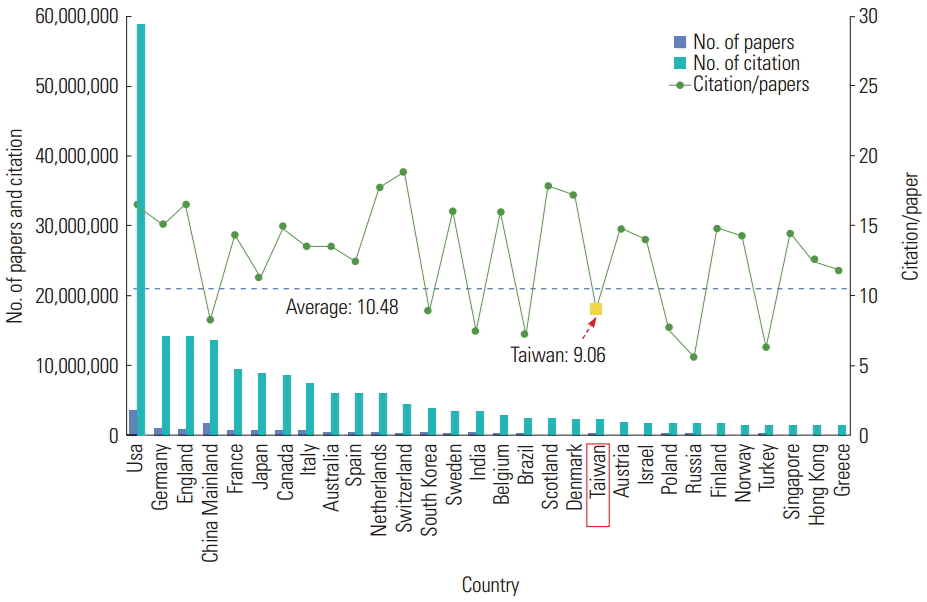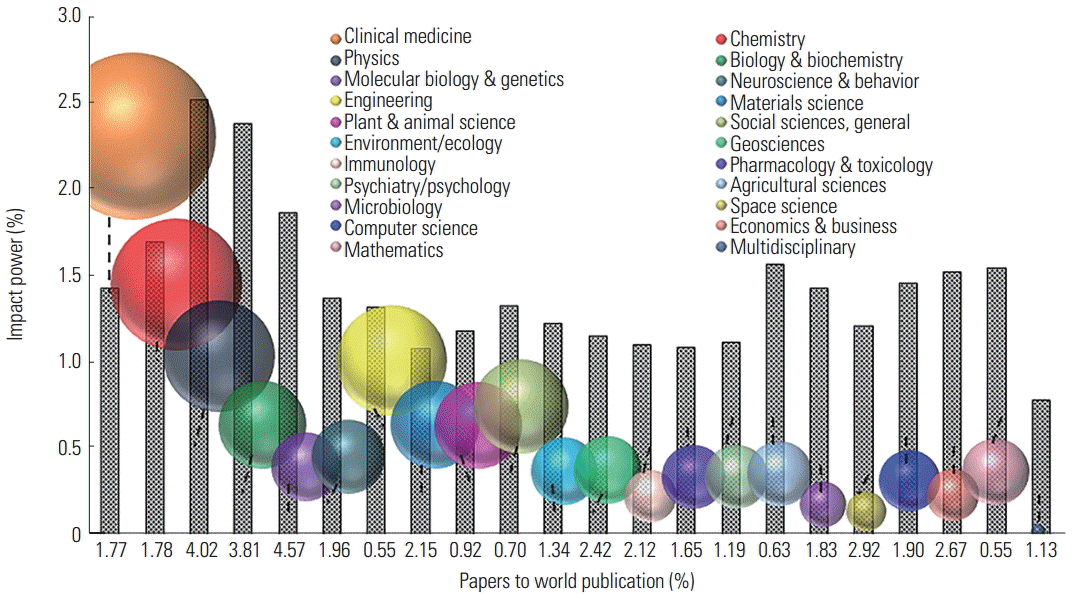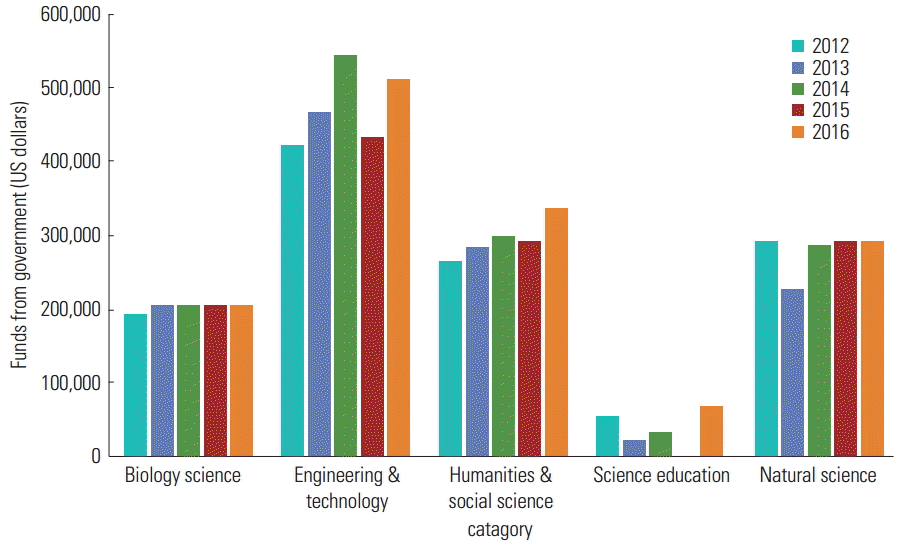Taiwan Government’s scientific journal supporting policy
Article information
Abstract
This report discloses the journal supporting policy in Taiwan. At the moment, the Ministry of Science and Technology (MOST) not only gives financial support to each academic research projects but also plays an important role to the quality of many scientific journals. The MOST has established a competitive evaluation system to assess the quality of scientific journals. According to the policy of MOST, each academic association could apply financial support for one scientific journal. Around 60 journals receive support from MOST every year.
Introduction
In the early day in Taiwan, the science journals published in Taiwan focused on several specific fields. These fields focus on agriculture and technology. The understanding in these fields contributes to the fast growth, at least partially, of Taiwan economical condition. At that time, the government paid much attention to the improvement of agricultural technology. The publication of scientific documents in an international journal had attracted little attention. Nevertheless, things have changed a lot in recent years. Now, many scientific documents are published from the Taiwan scholars. For example, there are 27,810 documents published in SCIE from Taiwan scholars on 2015, according to the data from Thomas Reuters [1].
In Fig. 1, the number of scientific documents from several major countries in the time frame from 2012 to 2016 is summarized. The average value for the number of citation to each paper is 10.48 for all scientific documents; the value for Taiwan is 9.06. It ranks Taiwan as 20th in terms of the number of citation to each paper. Since this value is slightly lower than the average value of the whole world, there is space for further improvement.

The numeric distribution of scientific papers published from the authors of several major countries (from 2012 to 2016). The vertical-axial in the left-hand side stands for the number of science papers published and the total number of citation; the vertical-axis in the right-hand side presents the citation number for one scientific paper.
Fig. 2 summarizes the performance of Taiwan scholars in terms of 22 academic fields. The number of citation and the number of scientific documents from Taiwan scholars are collected [1]. The ratio of the citation for the papers from Taiwan scholars to that for all papers in certain area is termed as impact power. The values for Taiwan scholars vary from 1% to 2.5%. The ratio of the number of the papers from Taiwan scholar to the total number is shown in the X-axis. This value varies from 1% to 5%. Three areas, physics, biology and biochemistry, molecular biology and genetics, the performance (in terms of impact power and number of publications) of Taiwan scholars is better than that of other areas. These 3 areas have also received a relatively higher support from government.

Current status for scientific publications from Taiwan scholars. The impact power determined by the percentage of the citation for the papers published by Taiwan scholars to total citation, and the percentage of the number of published papers from Taiwan scholars to total number in terms of each academic field.
It is also noted that though the number of publication from the engineering field is low; its impact power is high. It suggests that the quality, not only quantity, does play an important role on the academic achievements.
Support to the Scientific Journals
Apart from the support toward each research project, our government provides financial support to scientific journals on a very competitive basis. Fig. 3 shows the flow chart for the evaluation process [2,3]. The major funding source is the Ministry of Science and Technology (MOST). Most the funding ( > 90%) from MOST is used to support each research project. The performance of each research project is evaluated in terms of their output, the publications. Though some documents are published on local journals, most of them are published on international journals. The major reason is the publication in international journal received index, such as impact factor.
Part of the funding (< 10%) from MOST is used to support scientific journal. There is a panel to review the application on a yearly basis. The application can be submitted through an academic association once a year. Each association should submit only one proposal. For example, the Materials Science Society in Taiwan submits one application each year to ask for the support for its journal, Materials Chemistry and Physics. The reviewers took the impact factor for each application seriously. As the impact factor is high, the support is almost guaranteed. For example, the impact factor for the Materials Chemistry and Physics is above 2. Its rank among other journals in the Materials Science field is around top 20%. The journal has received 100% support from the government.
Fig. 4 shows the financial support to the scientific journals in the time frame from 2012 to 2016. Around 60 journals receive approximately 1.4 million US dollars from government. These journals can be divided into 5 areas. The biology journals receive around 200,000 US dollars each year. The support changes little in the last 5 years. The journals in the Engineering field receive a relatively higher support. The support to the journals from social science and natural science is also around 200,000 US dollars each year. The support to the education journal is relatively low.
Considering the number of journals published in Taiwan, the support from government is never enough. In fact, much support is provided by private sectors, such as academic associations. Although 60 journals have received support from government, the support from academic association, though small, is essential. There was the support structure for these 60 journals. There is 71% funding from government; the private sectors, such as academic associations and universities, make up 29%.
Conclusion
In general, the support from government is essential to the sustainability of scientific journal. However, the financial support from government is never ever enough due to limited budget. A way to achieve sustainability is an open; nevertheless, an important question. The contribution from private sectors is gaining its weight in the last several years. Its contribution may play even bigger role in the years to come. Scientific journal is a platform for academic achievement. A healthy platform would benefit the academic community and the whole society in the long run.
Notes
No potential conflict of interest relevant to this article was reported.


